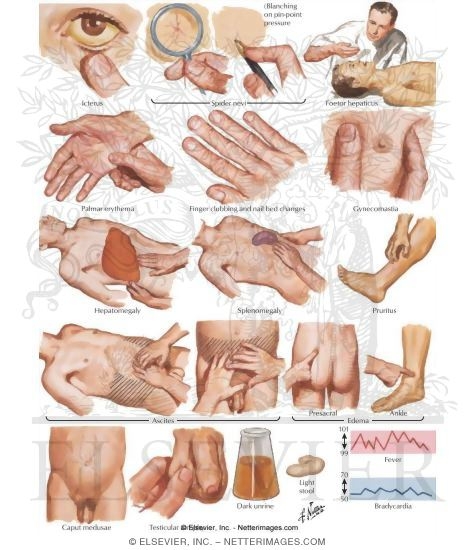The water bottle
6 years ago


 High blood pressure (HBP) or hypertension means high pressure (tension) in the arteries. Arteries are vessels that carry blood from the pumping heart to all the tissues and organs of the body. High blood pressure does not mean excessive emotional tension, although emotional tension and stress can temporarily increase blood pressure.
High blood pressure (HBP) or hypertension means high pressure (tension) in the arteries. Arteries are vessels that carry blood from the pumping heart to all the tissues and organs of the body. High blood pressure does not mean excessive emotional tension, although emotional tension and stress can temporarily increase blood pressure. Table 1. JNC 7 Blood Pressure Classification | ||
Blood Pressure Classification | Systolic Blood Pressure, mm Hg | Diastolic Blood Pressure, mm Hg |
Normal | < 120 | < 80 |
Prehypertension | 120-139 | 80-99 |
Stage 1 hypertension | 140-159 | 90-99 |
Stage 2 hypertension | = 160 | = 100 |

| Blood pressure treatment goals* | |
|---|---|
| 140/90 mm Hg or lower | If you are a healthy adult |
| 130/80 mm Hg or lower | If you have chronic kidney disease, diabetes or coronary artery disease or are at high risk of coronary artery disease |
| 120/80 mm Hg or lower | If your heart isn't pumping as well as it should (left ventricular dysfunction or heart failure) or you have severe chronic kidney disease |


 Epidermoid cysts, sometimes known as sebaceous cysts (a misnomer), contain a soft "cheesy" material composed of keratin, a protein component of skin, hair, and nails.
Epidermoid cysts, sometimes known as sebaceous cysts (a misnomer), contain a soft "cheesy" material composed of keratin, a protein component of skin, hair, and nails.
 The scalp, ears, back, face, and upper arm, are common sites for sebaceous cysts, though they may occur anywhere on the body except the palms of the hands and soles of the feet. In males a common place for them to develop is the scrotum and chest. They are more common in hairier areas, where in cases of long duration they could result in hair loss on the skin surface immediately above the cyst. They are smooth to the touch, vary in size, and are generally round in shape.
The scalp, ears, back, face, and upper arm, are common sites for sebaceous cysts, though they may occur anywhere on the body except the palms of the hands and soles of the feet. In males a common place for them to develop is the scrotum and chest. They are more common in hairier areas, where in cases of long duration they could result in hair loss on the skin surface immediately above the cyst. They are smooth to the touch, vary in size, and are generally round in shape.

